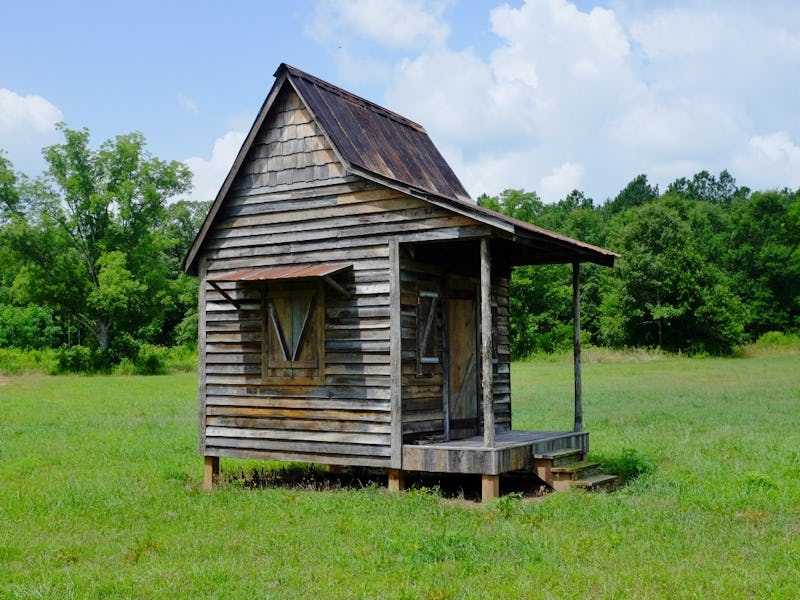Will the Oculus Rift Help the Tiny Home Movement?
Don't go home, go virtual.

The tiny home movement, championed by groups like the Small House Society and fueled by companies like Tumbleweed, which sells plans for houses no larger than 180 square feet — is a reaction to the McMansion boom and the Great Recession bust, as well as an ideology with older, Thoreauvian roots. There are three groups, as the New Yorker broadly outlined in 2011, who live in tiny houses: young people looking for a simpler, cheaper way to live; older people looking for a simpler, cheaper way to live; and the environmentally conscious. Now, the tiny house is getting an addition from an unexpected place: Virtual reality.
VR headsets along the lines of Oculus Rift, the Valve-backed HTC Vive, or whatever next gen thing you please, have little more in the way of physical requirements than a computer. How much area is the optimal space to use a Rift isn’t exactly clear, though early VR games like Elite: Dangerous are going for a sitting-in-cockpit model. The payoff in virtual square footage, of course, stands to be immense. “When I take off the headset,” writes Kotaku’s Kirk Hamilton about Elite: Dangerous, “it’s as though I’ve just spent the last few hours somewhere else.”
You might not even need a dedicated cockpit space. Microsoft’s Hololens turns a wall into a screen and a table into a game-playing surface that would be at home in the back of the Millennium Falcon:
Though most applications of virtual reality are solidly discussed within the realms of gaming, Facebook acquired the Oculus to presumably do more than immersive FarmVille. Here’s what the Zuck wrote just after the March 2014 acquisition: “After games, we’re going to make Oculus a platform for many other experiences. Imagine enjoying a court side seat at a game, studying in a classroom of students and teachers all over the world or consulting with a doctor face-to-face just by putting on goggles in your home.”
If you can go from doctor’s office to sporting game to a virtual library without leaving the house, what’s the use of a physical study? Why have a dedicated TV den and all the associated furniture? As some tiny-house-lovin’ dude once said — simplify, simplify. Keep the clutter virtual.